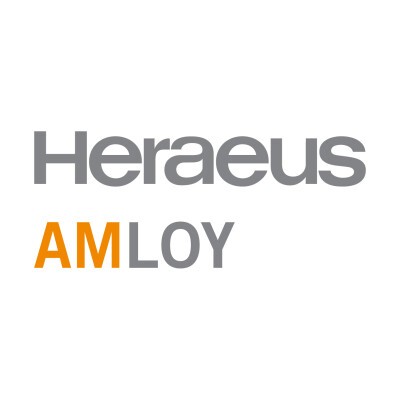Cost efficiency in medical technology due to amorphous metals
How can production costs in medical technologies be reduced by up to 50% while achieving higher precision and shorter production times? Learn how amorphous metals, in combination with a newly developed injection molding process, significantly outperform conventional manufacturing methods.
In this article, we show how the use of amorphous metals in combination with injection molding can achieve significant cost savings in the field of medical technology. The manufacturing costs are compared using an example component: On the one hand, the combination of conventional materials and machining processes with metal injection molding, and on the other hand, the use of amorphous metal, which is shaped into the desired form using our specially developed injection molding process.
Our injection molding process, which was developed specifically for amorphous alloys, combines the advantages of the MIM process and CNC machining. With our process, we achieve up to 20 times lower roughness and up to 10 times higher accuracy compared to conventional casting processes. With a length tolerance of ± 0.005 - 0.01 mm, it significantly outperforms metal powder injection molding (MIM). The near-net-shape technology minimizes shrinkage and stress, preventing component distortion. In addition, our process enables the production of complex and detailed components in a single process step, without the need for post-processing. This leads to a significant reduction in production times and a considerable reduction in costs, especially compared to components made of stainless steel and titanium.
For a customer in the endoscopy sector, who has an annual requirement of 10,000 components weighing less than 10 g, cost savings of almost 50% were achieved. This was achieved in part by an 80% reduction in cycle time.
Please note: This speech will be given in German.
Speakers (1)


